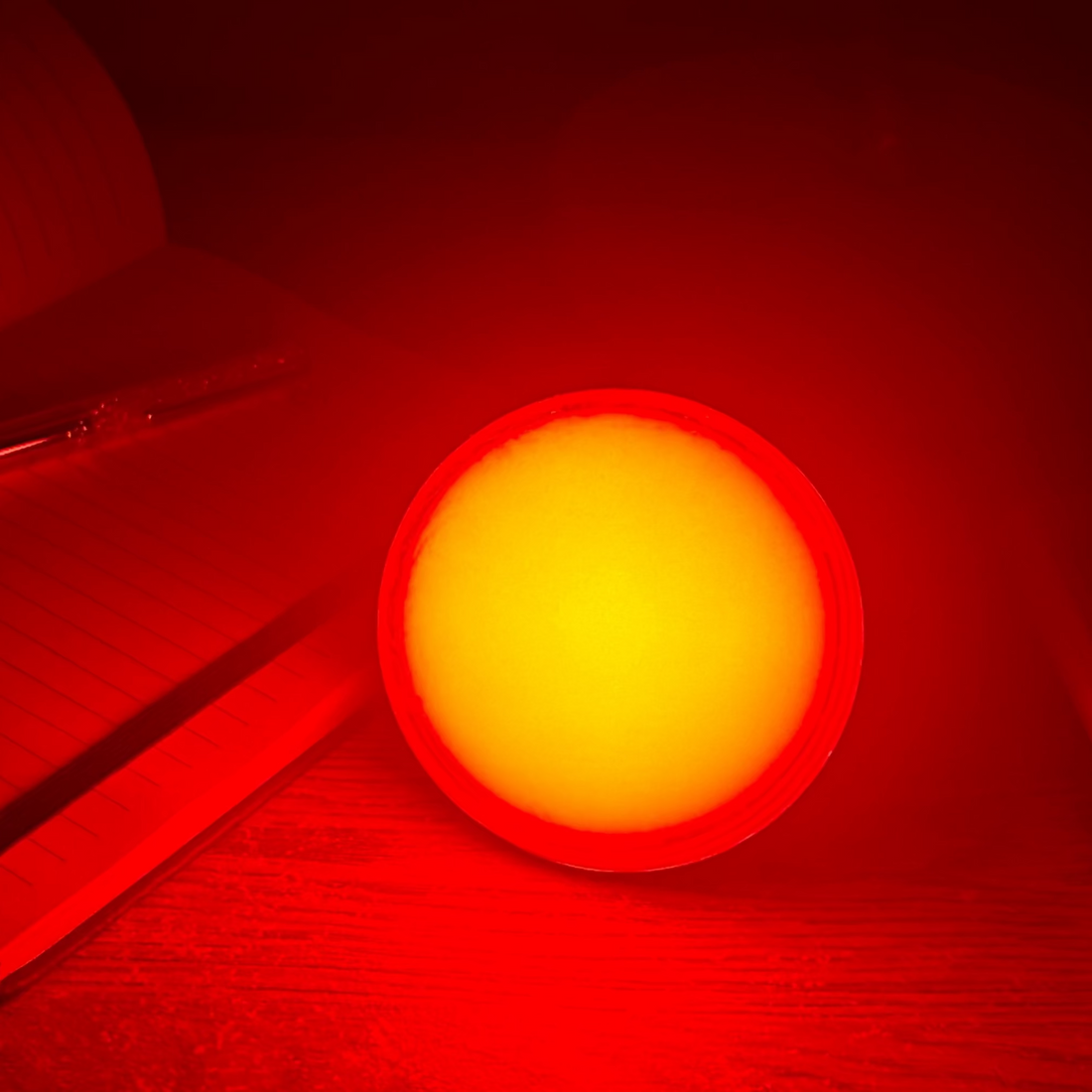
Why Red Light Is Better for Sleep
Share
Why Red Light Is Better for Sleep
We’re surrounded by light all day: screens, downlights, hallway night lights. But in the evening, the kind of light we use can either gently guide us toward sleep or keep our minds quietly alert.
That’s where red light makes a real difference. It’s not just a trend. It’s something our bodies instinctively recognise as calm and safe.
Your Body Takes Its Cues from Light
Our bodies run on a natural rhythm called the circadian rhythm. It helps regulate sleep, energy, digestion, and mood.
This rhythm is tightly linked to light, and it starts with your eyes.
Your eyes don’t just help you see, they’re actually part of your brain. The retina is made of neural tissue and connects directly to the brain via the optic nerve. When your eyes detect light, especially blue-rich or bright white light, they send a message to the suprachiasmatic nucleus (SCN). This is your body’s master clock.
The SCN uses that signal to control melatonin, the hormone that makes you feel sleepy. Bright light tells your brain to suppress melatonin and stay alert. Darkness or low, warm light allows melatonin to rise and helps you wind down.
Morning light lowers melatonin and boosts alertness, which is perfect for starting the day. But in the evening, exposure to the same kind of light tricks the brain into thinking it’s still daytime. This delays melatonin production and makes it harder to fall asleep.
Red Light Doesn't Disrupt Melatonin
Unlike white or blue light, red light has longer wavelengths. That means it doesn’t signal your brain to stay awake.
Research shows that red light has little to no impact on melatonin levels. It lets your body keep doing what it naturally wants to do in the evening: slow down and prepare for rest.
One study even found that children are especially sensitive to bright light at night, with typical overhead lighting or tablets cutting melatonin levels in half. A soft red night light helps support their natural rhythm without overstimulating the brain.
Why Red Light Feels So Soothing
Think candlelight, sunsets, and campfires. They all share something in common: warm, red-toned light. It’s the kind of glow we’ve evolved to wind down with.
Red light feels calming because it doesn’t confuse the brain. It doesn’t trigger alertness or interfere with sleep. Instead, it gently supports the shift into nighttime mode.
Easy Ways to Use Red Light at Home
You don’t need to redesign your whole space to benefit. Just a few small changes in your evening lighting can help create a more restful environment:
- Choose warm-toned red or pink night lights for bedrooms and hallways
- Avoid bright overhead lights in the evening
- Dim screens or use night mode on devices after sunset
- Build a bedtime routine that includes soft lighting, quiet sounds, and stillness
The Takeaway
Red light helps your evenings flow more naturally. By choosing softer, warmer light after sunset, you support the body’s natural rhythm and create a calmer space for winding down.
When the sun goes down, try switching off the bright lights and reaching for something softer. You may find evenings feel calmer, and sleep comes more naturally.
Create your perfect sleep environment with the Somni Sleep Night Light.
